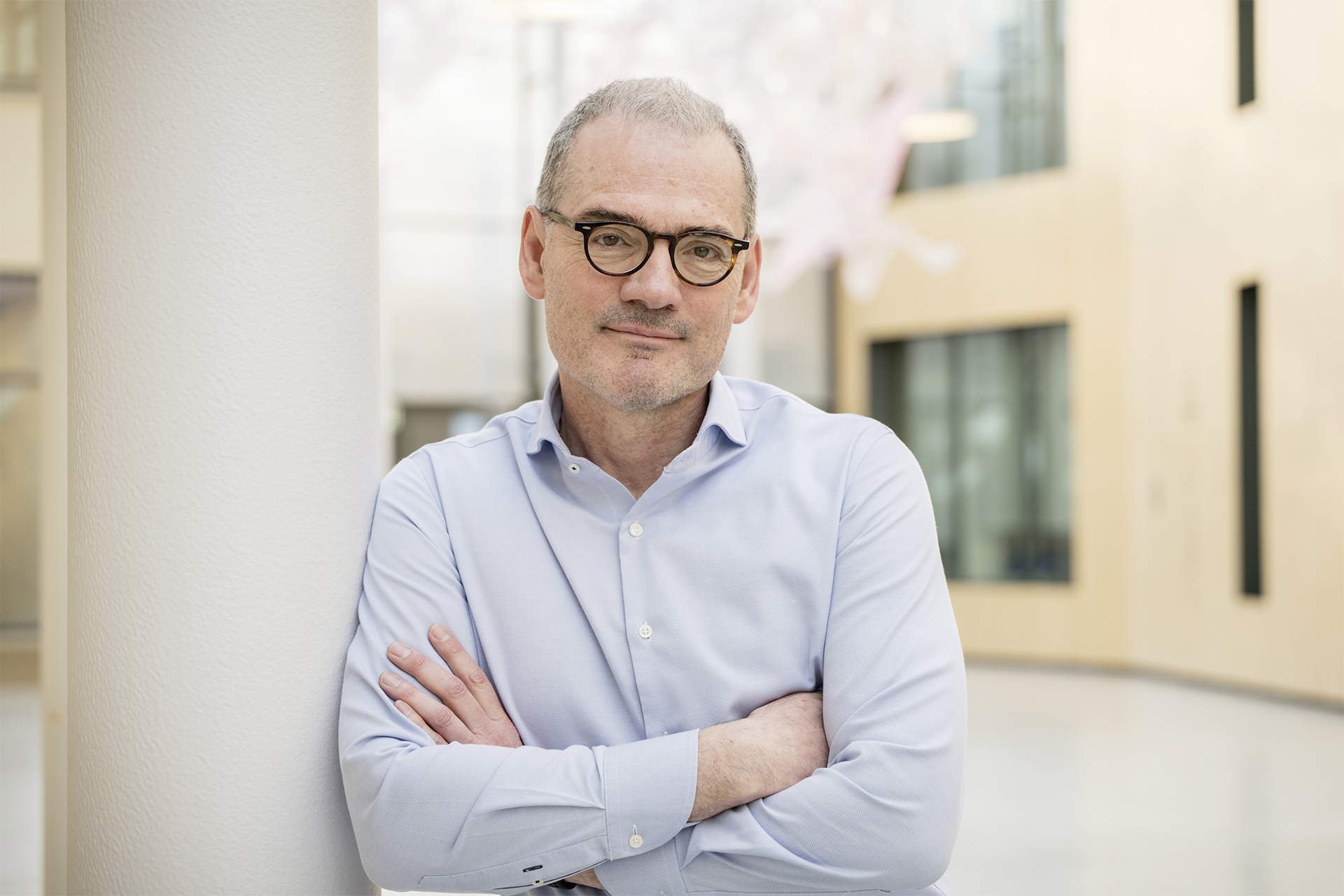Accompanied
Swissmedic at Agora A beacon of hope named ATMP
In connection with the newly created Innovation Office, Swissmedic is conducting various campaigns to promote the development of what are known as advanced therapy medicinal products, or ATMPs for short. We travelled with Julia Djonova, Head of the ATMP Division, to Lausanne to visit the Ludwig Institute for Cancer Research, where we spoke to the Director, Professor George Coukos, about the collaboration with Swissmedic, the great potential offered by innovative treatments, the needs of researchers and the opportunities for accelerating processes.
As the sky turns reddish-gold between Romont and Palézieux, Julia Djonova beams: She gazes spellbound at this natural spectacle and then becomes animated as she talks about her work: “The huge potential for advanced therapy medicinal products opens up new perspectives and challenges for researchers, doctors, companies, not to mention Swissmedic.” ATMPs are products based on genes, tissues or cells. With the prospect of innovative and promising therapies for treating previously incurable or hereditary diseases, they offer great potential for the medicine of the future. “As a therapeutic products agency, our task in this context is to interact with the stakeholders, learn their needs and find out together where and how we can support them.” One such stakeholder is Professor George Coukos, who is dedicated to the development and use of innovative immune-based cancer treatments. The common goal: to make ATMP treatments available to patients as soon as possible.
Agora and Ludwig Cancer Research Lausanne
Julia Djonova is familiar with the route to the north of the Vaud metropolis, for this is the site, on the Avenue du Bugnon, where the CHUV (Centre Hospitalier Universitaire Vaudois) is being refurbished and renovated. Directly opposite, and inaugurated five years ago, is the Agora centre (branch of the Ludwig Institute), where everything focuses on cancer research: Agora stands for integrated and multidisciplinary research in oncology. Under its roof, clinicians, cancer biologists, immunologists and bioengineers together look for solutions to the wide variety of challenges posed by cancer. For Julia Djonova, today's visit to the Director of the Department of Oncology at UNIL-CHUV and the Lausanne branch of the Ludwig Cancer Research Institute, Professor George Coukos, gives her a welcome opportunity to find out about the latest advances in ATMPs, exchange views and strengthen the collaboration between Swissmedic and the research centre.
Switzerland as a showpiece location
Professor George Coukos is waiting for us in the glass-fronted building. The clinician and cancer researcher starts by praising the favourable conditions that he has encountered in Switzerland for his cancer research. ”The country possesses good resources and a highly developed professional infrastructure in its hospital system and in the area of research; we are operating at a high level and are absolutely on a par with other countries – especially in clinical innovation.” Coukos has been working in Switzerland for ten years and is convinced of the international competitiveness of Switzerland.
“The therapeutic opportunities offered by ATMPs are vast and unparalleled.”
The two hats of Professor George Coukos
Today, Professor George Coukos heads both the Department of Oncology at Lausanne University and CHUV (Centre Hospitalier Universitaire Vaudois) and the Lausanne branch of the Ludwig Institute for Cancer Research. “We focus on research in tumour immunology and the tumour microenvironment – i.e. the immediate environment of a malignant tumour in an organism – and on the development of targeted cancer treatments.” This is exactly where Coukos and his team see the greatest potential. “We have made great progress in recent years. For example, T-cell immunotherapy, where the patient's own immune cells are processed in the laboratory and only attack the cancer cells, is now used in certain blood tumours. Over half of the patients treated by this method can be cured.”
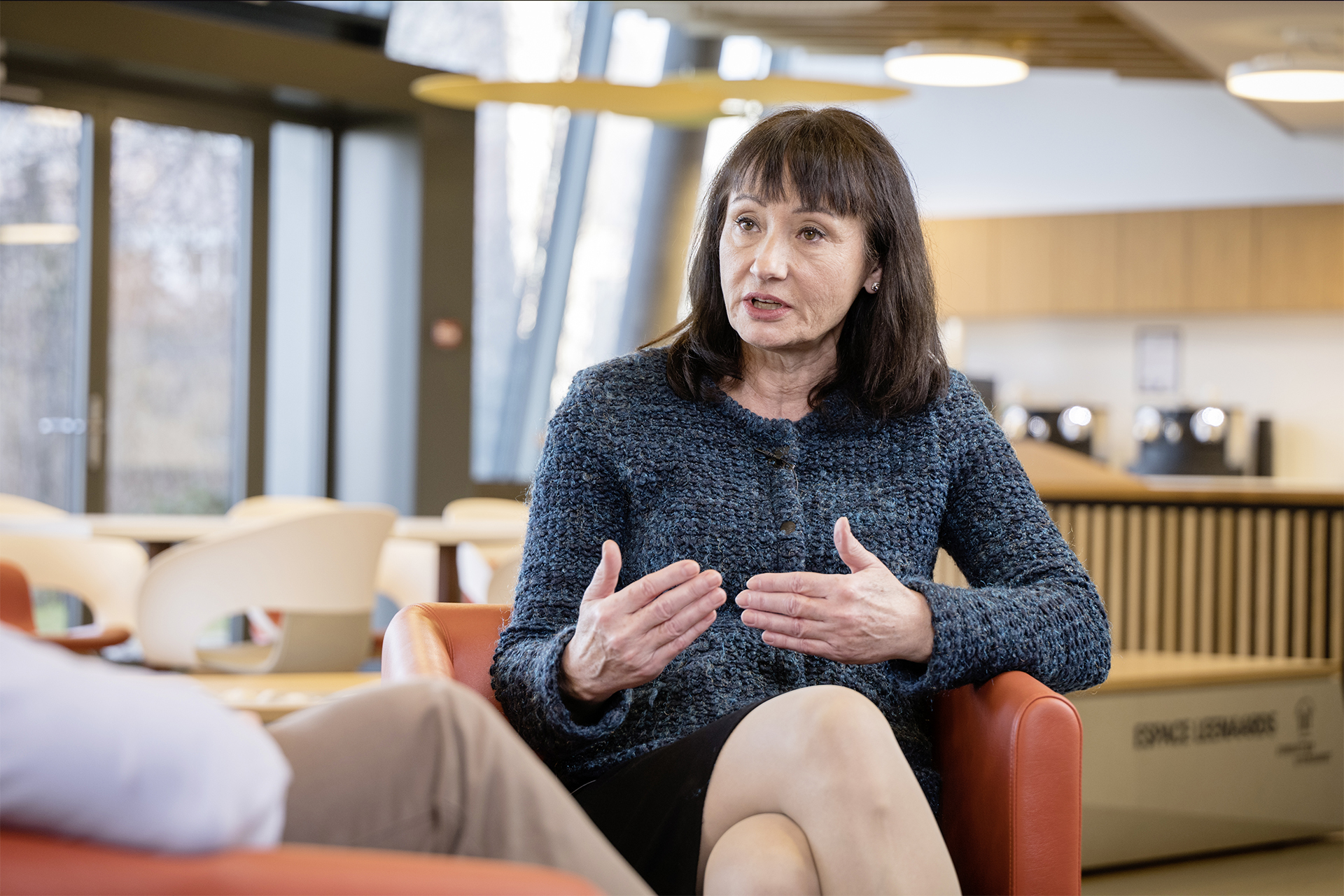
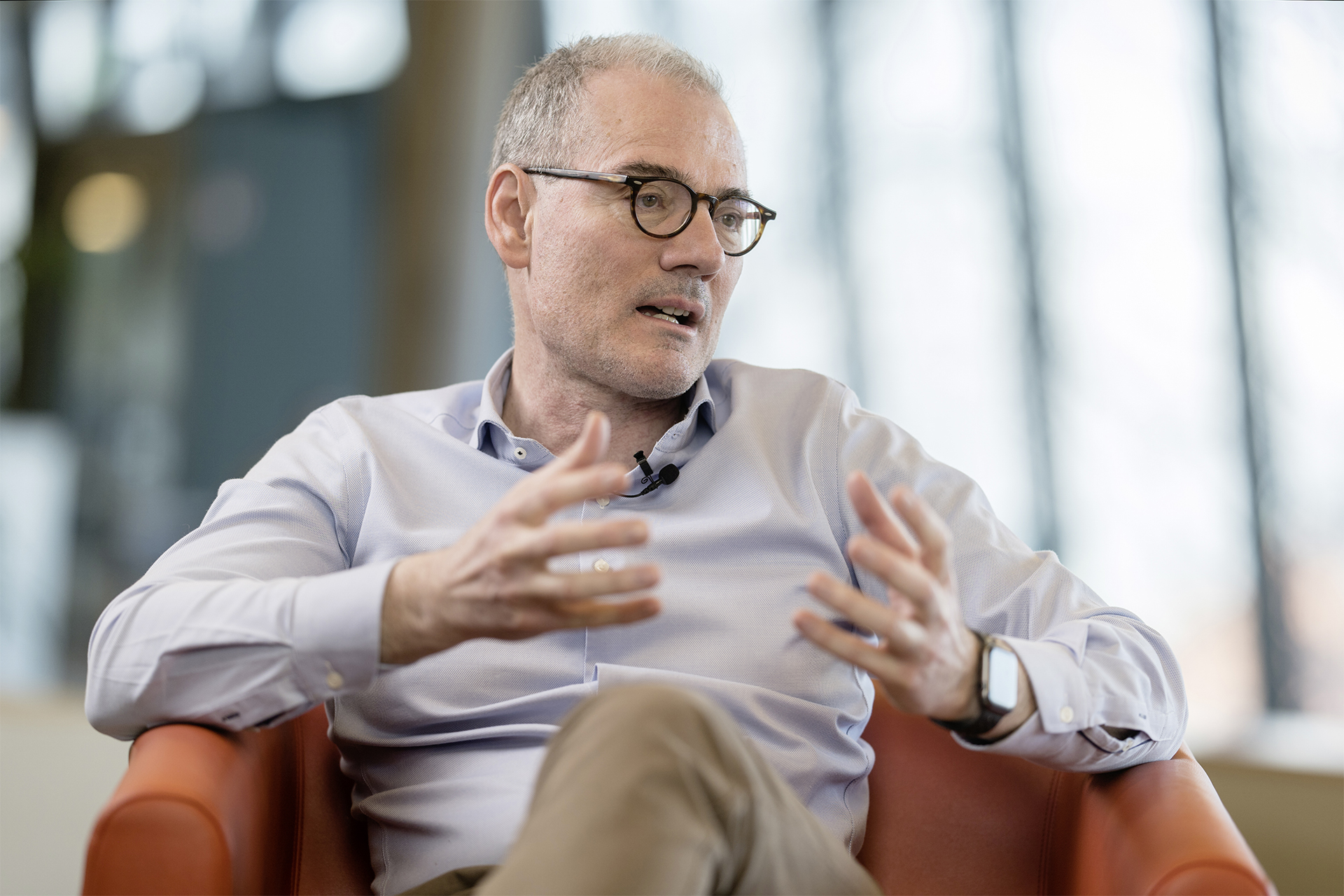

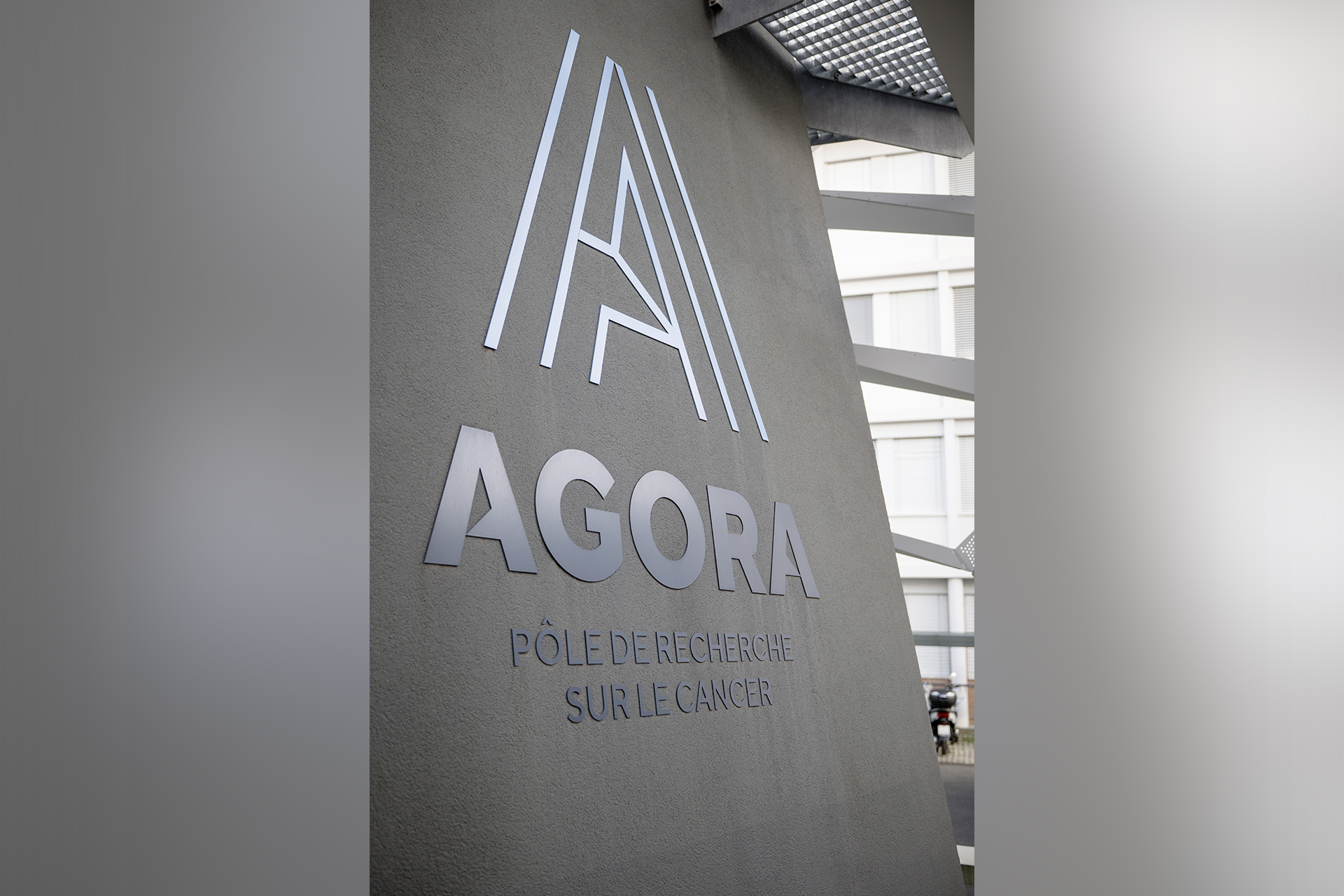
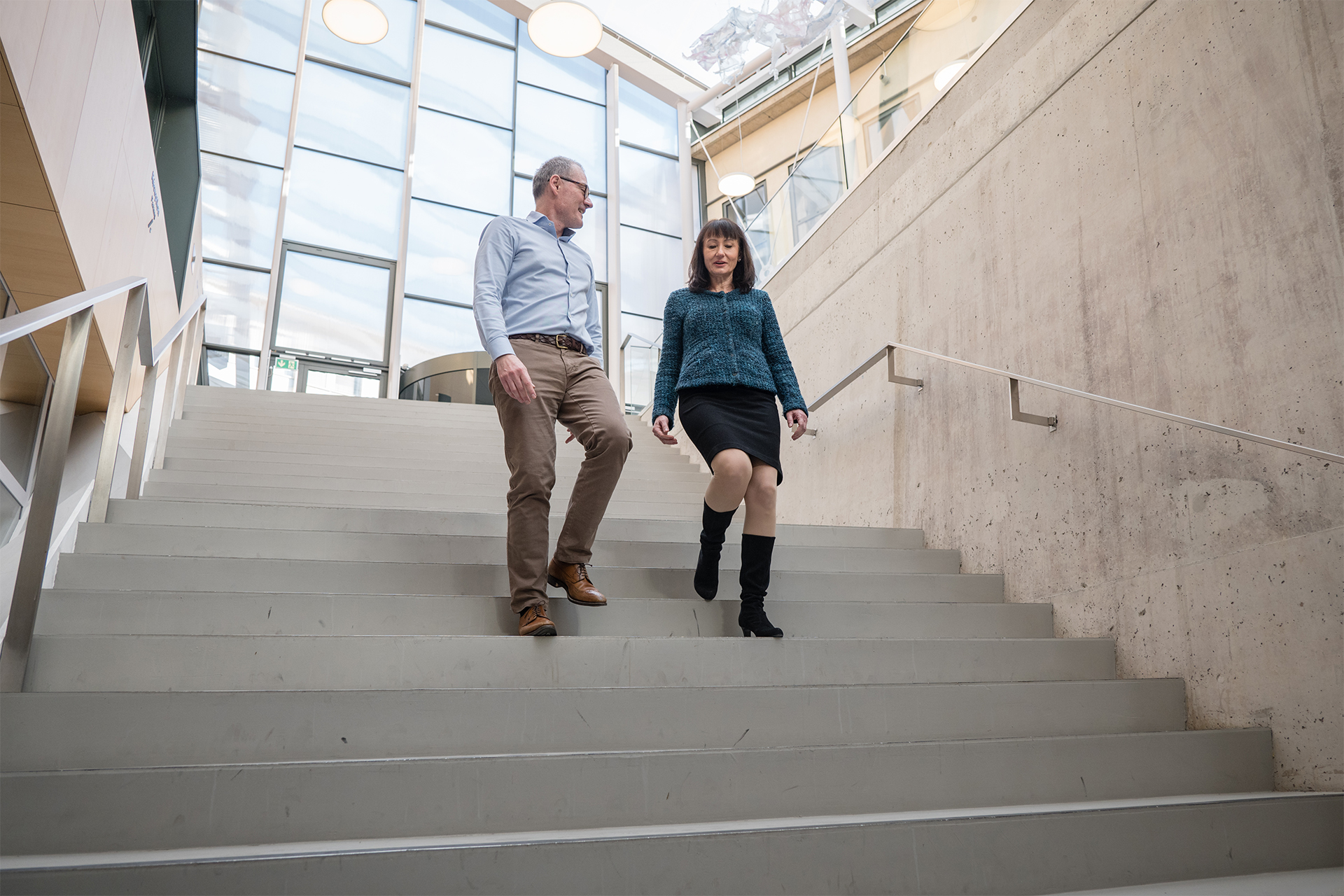
Collaboration with Swissmedic
The partnership between Professor George Coukos, his team and Swissmedic dates back to when he first started work at CHUV. He sums up the situation: “I was impressed from the outset by Swissmedic's openness and willingness to work together. We were able to exchange views in a quick and pragmatic way about regulatory and technical production-related aspects and spoke about the new treatments that we were developing.” Professor Coukos was also especially impressed by the extensive expertise of the Swissmedic personnel and their strong motivation to work together. “We have always involved each other in the work and, as a result, have been able to progress our ATMP projects together in an efficient manner.” By way of example, the oncology professor cites the support he received when setting up three cell therapy production rooms, where lymphocytes, a subgroup of the white blood cells, are extracted from the patients' tumours, replicated in cell cultures, processed and reimplanted in the patients. This process results in so-called “tumour-infiltrating lymphocytes” (TILs), which attack the tumour by immunological means with the patients' own cells. In clinical trials, this treatment has already shown a promising ability to destroy the tumour cells in various types of cancer.
But the collaboration doesn't stop there. Regulatory and scientific aspects are also discussed at various stages of the clinical trials. Thanks to this close cooperation and the constant sharing of information between the researchers and Swissmedic, the projects progress at a rapid pace, and the necessary approvals are granted promptly. As a result, the patients can quickly benefit from promising treatments.
Therapeutic innovations: Swissmedic's role
Various factors are crucial in the development of innovative treatments: On the one hand, there is the interaction between the researchers, developers and manufacturers and, on the other, the factor of time. “We must try to lose as little time as possible in all these processes. Ultimately, it’s all about the lives and the curing of patients.” This is where George Coukos sees an important role for Swissmedic. “Swissmedic acts in this context as a 'gatekeeper'. On the one hand, because it supports the investigators in clinical research and helps them avoid mistakes at an early stage; on the other, because it guarantees patient safety, but also seeks to ensure that promising treatments do not fail due to the lack of data or non-compliance with legal requirements.”
Swissmedic supports the researchers and manufacturers from development through to the use of a product in the patient and thereby helps them satisfy the regulatory and scientific requirements already in the early stages. This happens both through Scientific Advice Meetings and the informal sharing of information during an ongoing project. Thanks to this close cooperation and the constant mutual sharing of knowledge, Swissmedic is able to process and approve the corresponding application for a promising treatment quickly. So no time is lost before patients gain access to the relevant medicine. Professor Coukos adds: “I've never experienced such rapid development and great efficiency as in the area of cancer cell therapies with innovative products. Treatments with ATMPs use the body's own immune system to destroy the tumour cells. Where other 'conventional' drugs are no longer able to act, ATMP treatments enable many patients to go into remission, i.e. a temporary or permanent easing of disease symptoms, or even a cure. A great success that raises hopes of a cure for many different tumour types.”
ATMPs and combinatorial approaches
Professor George Coukos is convinced: “The therapeutic opportunities offered by ATMPs are vast and unparalleled. If we want to beat cancer, we need combinatorial approaches, i.e. the concurrent use of different treatments, because in most cases the tumour grows very rapidly.” One or more classical systemic drugs are often not sufficient to stop a tumour, or else they are associated with intolerable side effects. “With innovative treatments that use modified T cells in a refined way, it may be possible to increase the efficacy against the tumour while also reducing severe side effects.”
Main aim: new possibilities and new paths
Professor George Coukos and his team can expect to encounter numerous challenges in the development of ATMPs. Improving their cost effectiveness by simplifying the manufacturing process is just one example. But where are future developments headed? The main aim for the Director of the Ludwig Institute and the Department of Oncology at UNIL-CHUV is to find and establish new possibilities for cancer treatments. Until then, several stages need to be negotiated. “To give you just one example: When we develop an ATMP, it has to be manufactured according to specific criteria that apply to ATMPs: Currently, the products are manufactured in specially constructed rooms that are approved and checked by Swissmedic at regular intervals. We would like to try and satisfy the corresponding strict requirements in a hospital’s own ‘standard’ laboratory. This would simplify the manufacturing process for us.” Coukos thinks that the production costs could be reduced by half as a result.
As the competent authority, Swissmedic can approve a laboratory only when all the requirements are satisfied. And these are the same for all operators, irrespective of whether a large or small laboratory is involved. Swissmedic and the team headed by Professor Coukos are working together to find solutions and create ways to achieve this outcome.
The conclusion
Our talk with Professor George Coukos is coming to an end. To conclude, Julia Djonova wants to know how Swissmedic can help in the development of the ATMP processes. Professor Coukos’ answer is not long in coming: “The proximity and the lively interaction between Swissmedic and our institution helps us in our detailed work. Working with Swissmedic, we are trying to simplify operations wherever possible.” And what is Julia Djonova's conclusion at the end of the day? “We are well on track: the various measures taken by the Swissmedic Innovation Office help us discuss problems openly and – where necessary – make improvements in order to satisfy the regulatory and scientific requirements. We go to where the researchers are, and are happy to answer questions. Any researcher and any start-up company can come to us and ask questions. Swissmedic is open to dialogue, so that the great potential of ATMPs can be exploited and innovative treatments quickly made available to patients.”
